-
Great Blue Heron
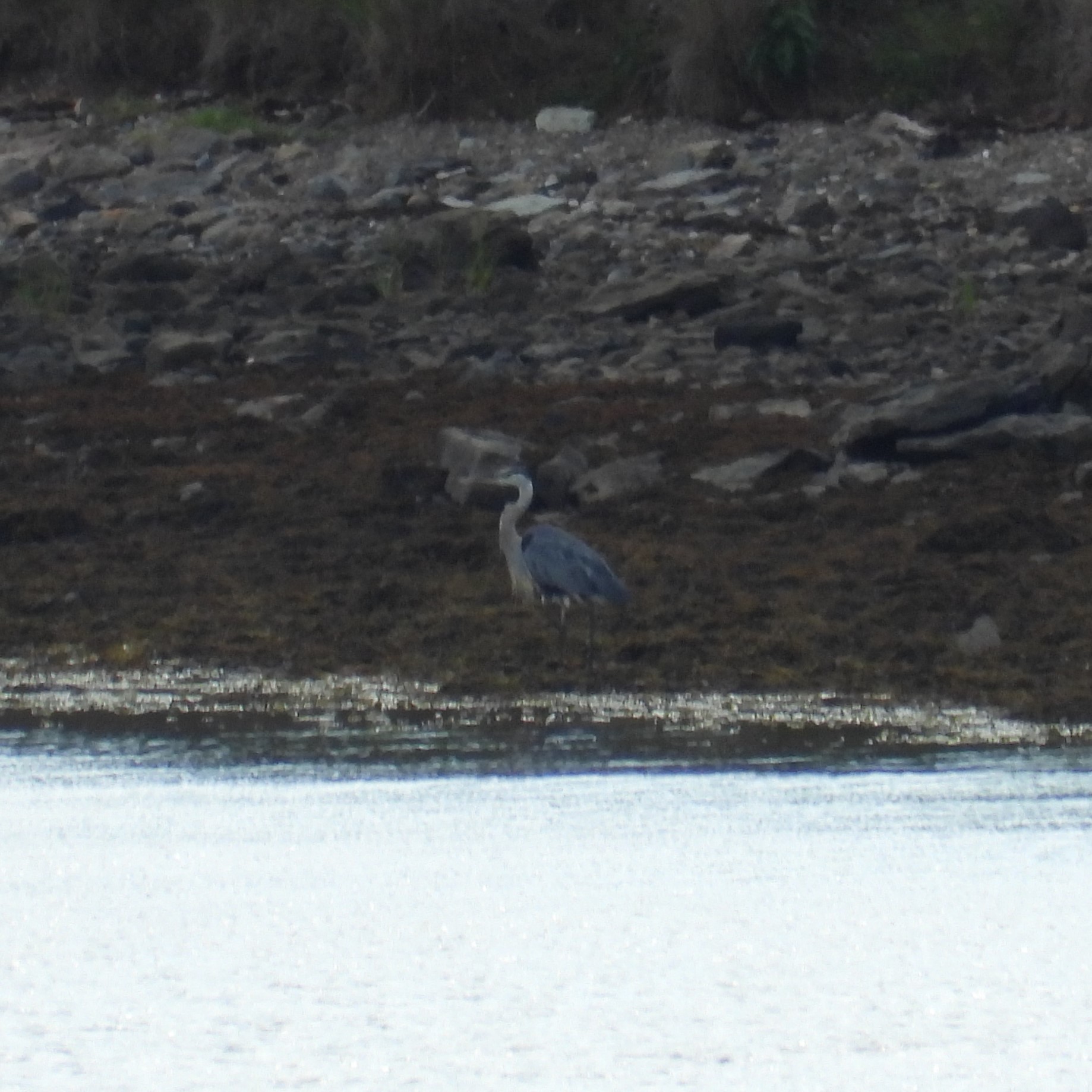
These pictures are admittedly blurry and not the best, but given I was using 125x optical zoom from a moving ship, trying to take pictures of a moving bird on a distant shoreline, who was blending in with the surrounding rocks, I think I did fairly well picking out the Great Blue Heron, and snapping…
-
American Goldfinch
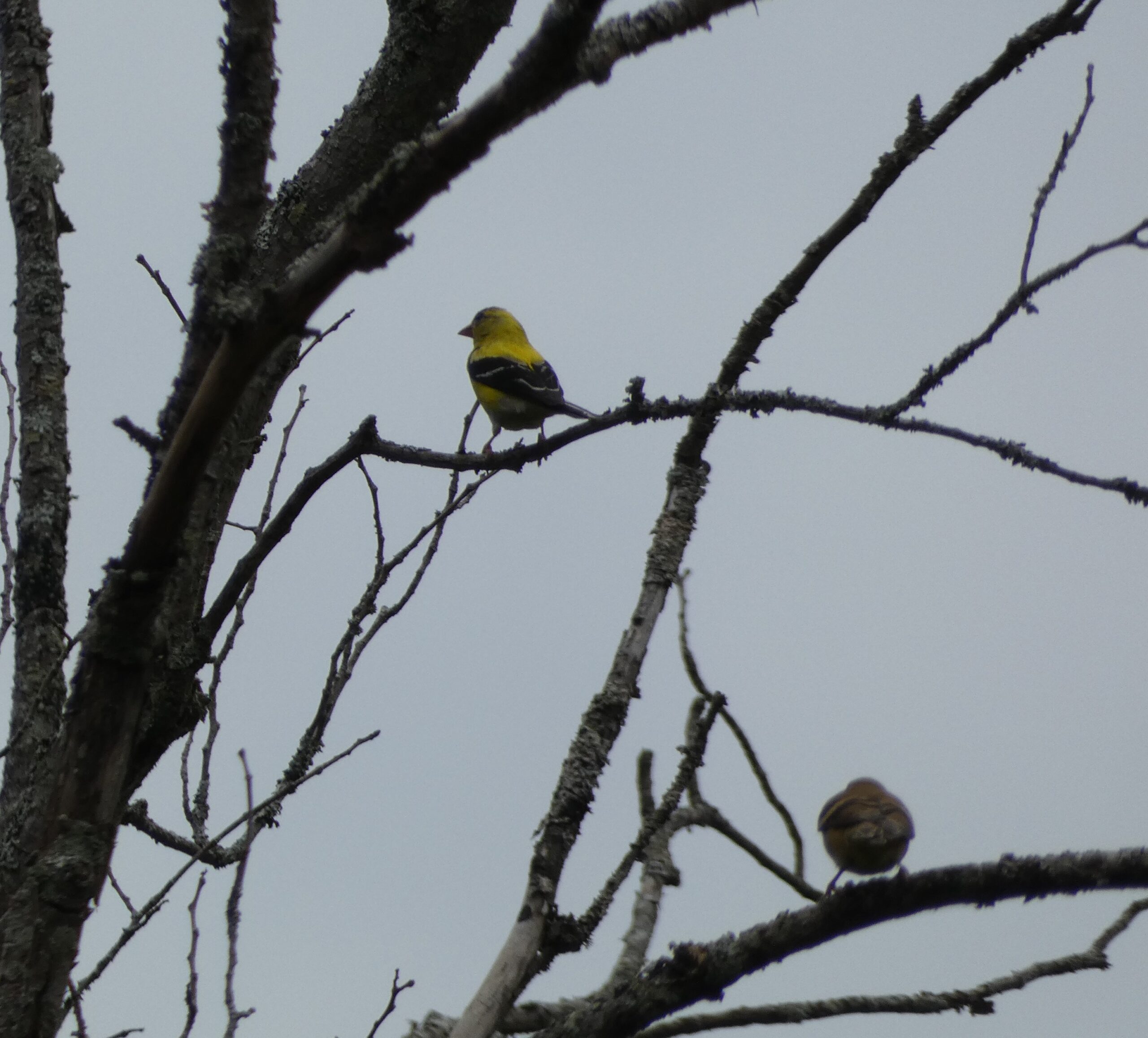
These American Goldfinches were hanging out at the Halifax Public Gardens when I went to visit — they are small birds (by my estimation) and pretty darn fast when they want to be, but I think I got a few nice shots of them, particularly showing their beautiful yellow feathers. I will admit, I only…
-
Spotted Sandpiper?
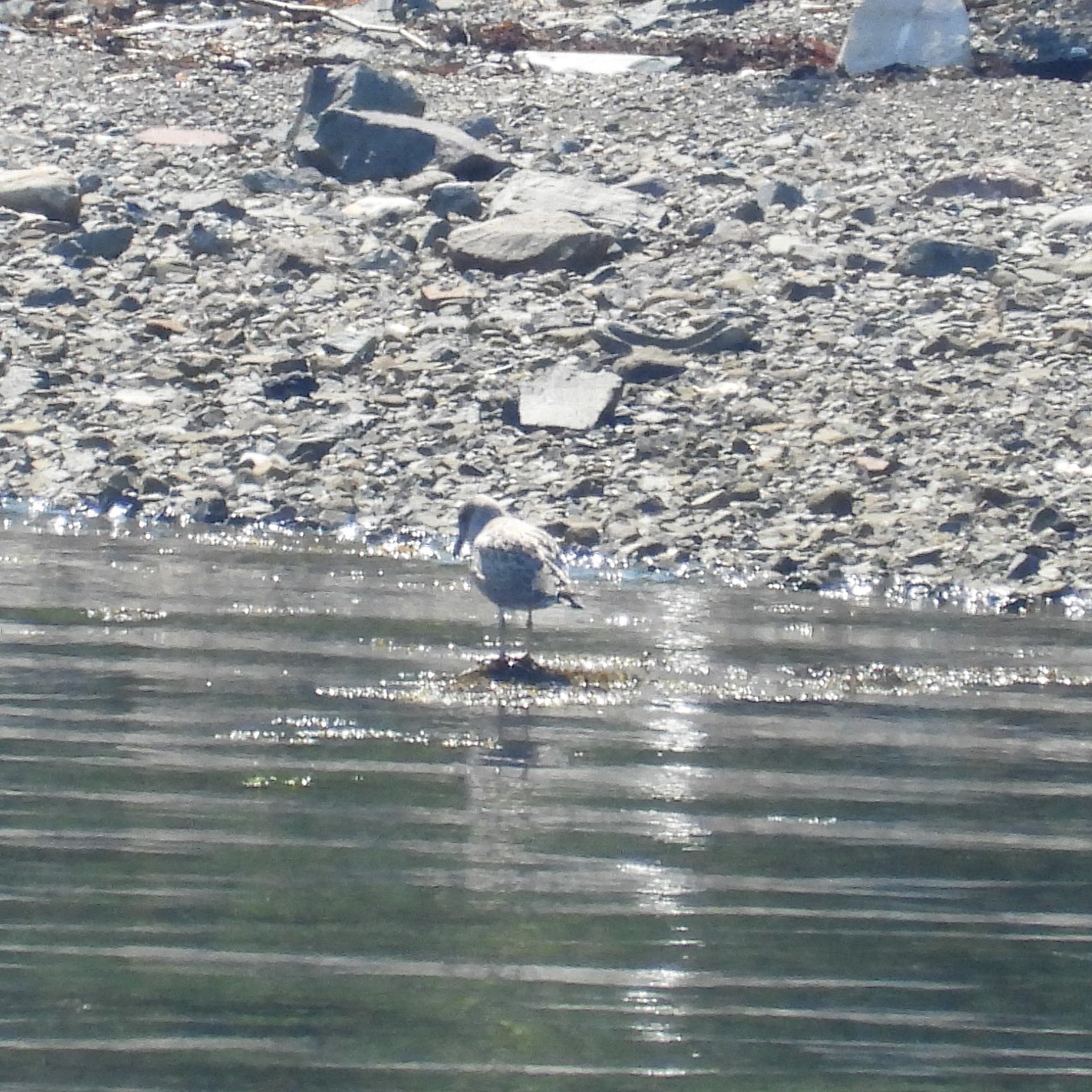
I showed two pictures to AI and found out: Based on the size, shape, and markings of the bird in the picture, it is most likely a Spotted Sandpiper. Here are some of the key features that helped me identify the bird as a Spotted Sandpiper: The bird in the second picture also exhibits the…
-
Mallard – what a Duck
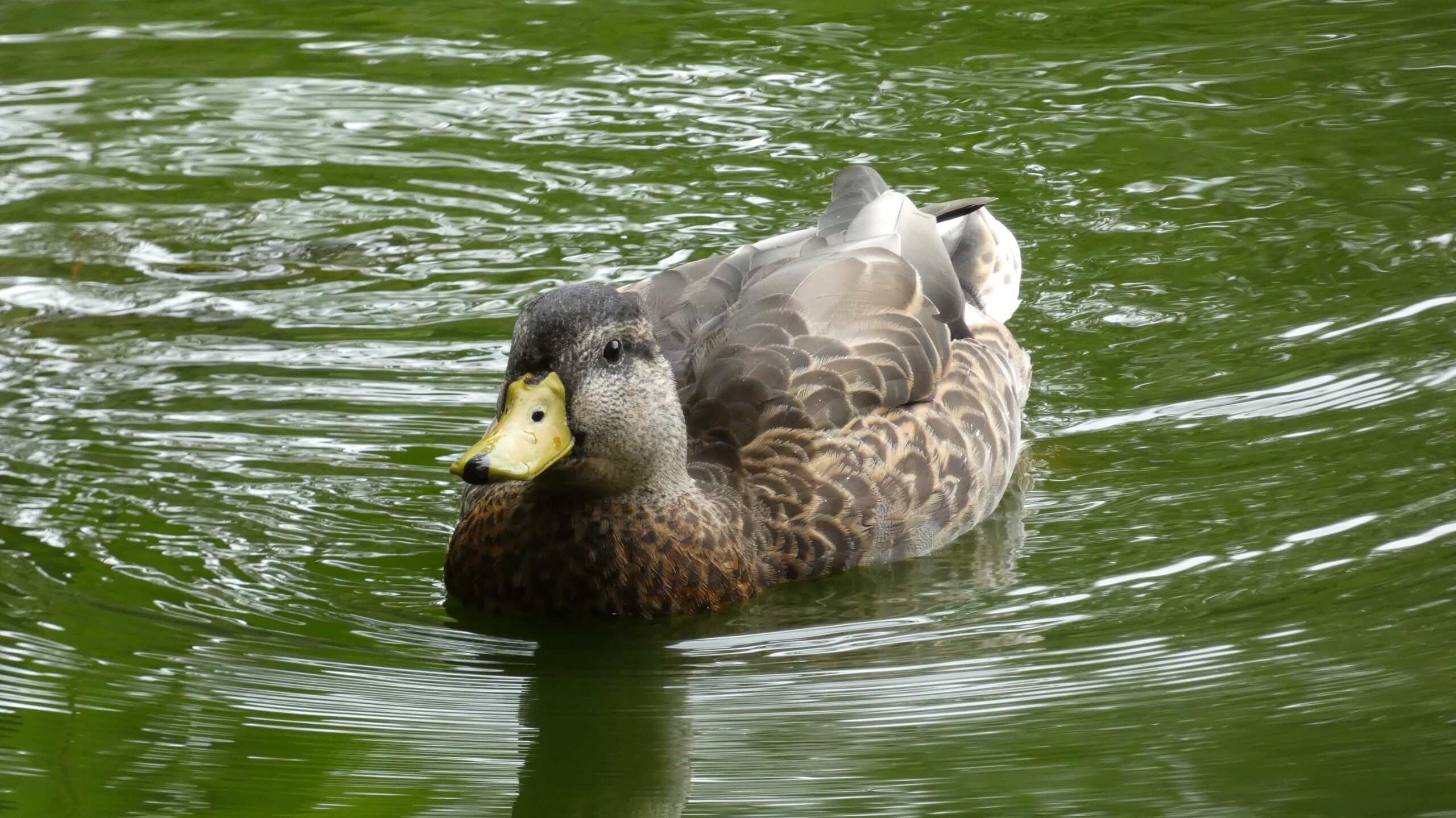
The Halifax Public Gardens not only has a lot of really pretty flowers, but some photogenic birds as well. Keep in mind, this are “wild ducks” and birds, and part of that means they migrate, move about where ever the whim takes them… and need to remain capable of caring for themselves, so when they…
-
Calendula, and a discovery, Mary’s Gold = Marigold
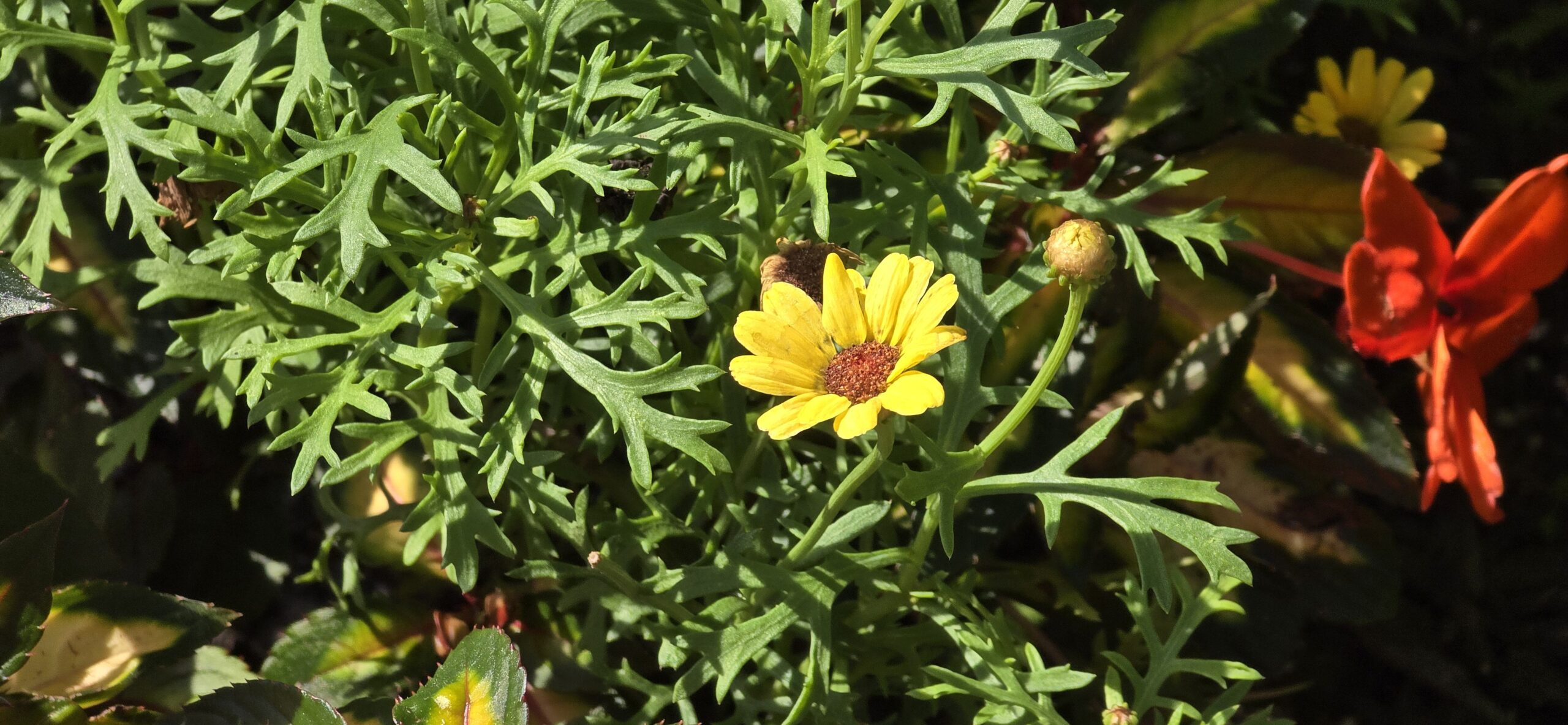
Per Wikipedia: Calendula (/kəˈlɛndjuːlə/) is a genus of about 15–20 species of annual and perennial herbaceous plants in the daisy family, Asteraceae that are often known as marigolds. They are native to southwestern Asia, western Europe, Macaronesia, and the Mediterranean. Other plants known as marigolds include corn marigold, desert marigold, marsh marigold, and plants of the genus Tagetes. The genus name Calendula is a modern Latin diminutive of calendae, meaning…
-
Day Lily — Pretty in Pink
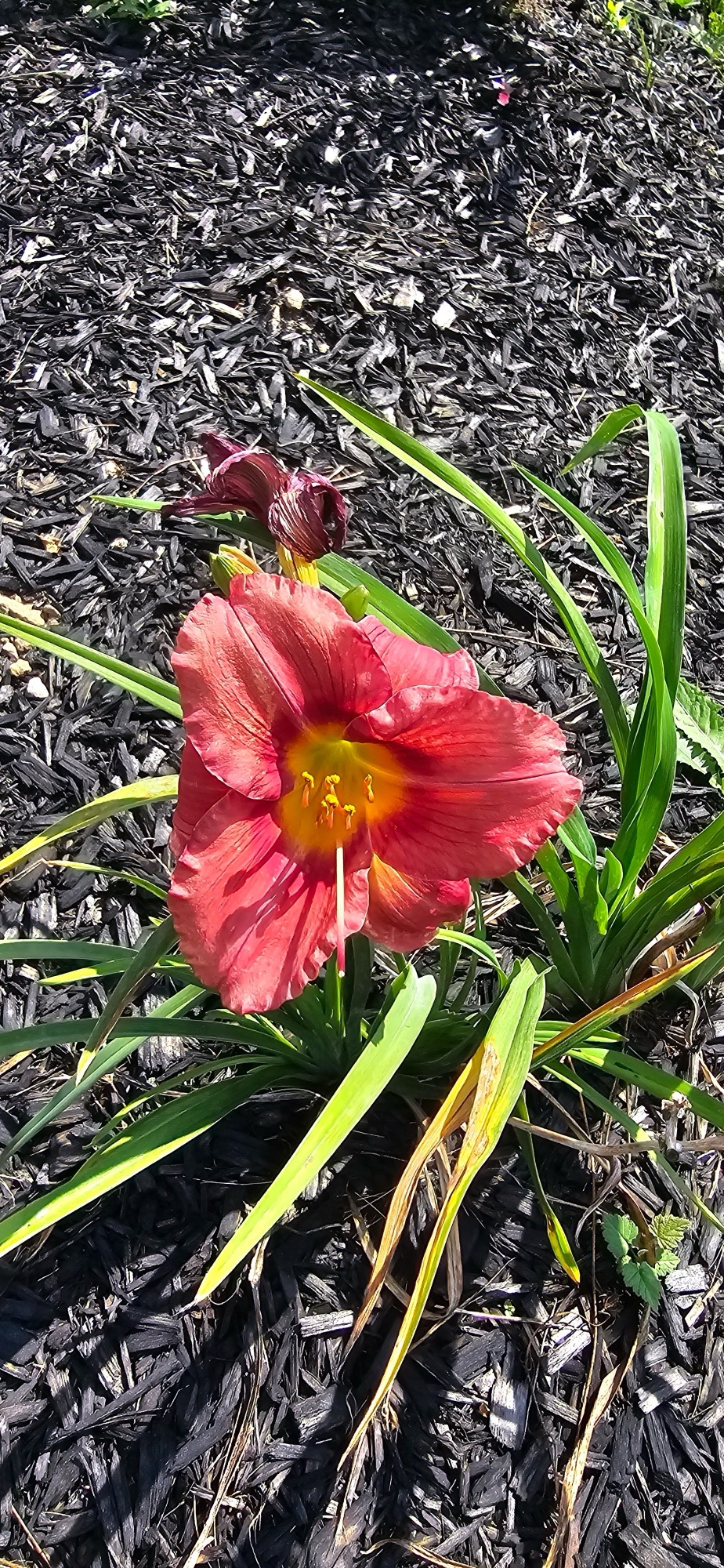
This was the only flower of its type, hanging out amid a bunch of other blooms, eye catching for its color and uniqueness. Per Wikipedia: Daylilies have been found growing wild for millennia throughout China, Mongolia, northern India, Korea, and Japan.[10] There are thousand-year-old Chinese paintings showing orange daylilies that are remarkably similar to the flowers that grace…
-
Queen Anne’s Lace
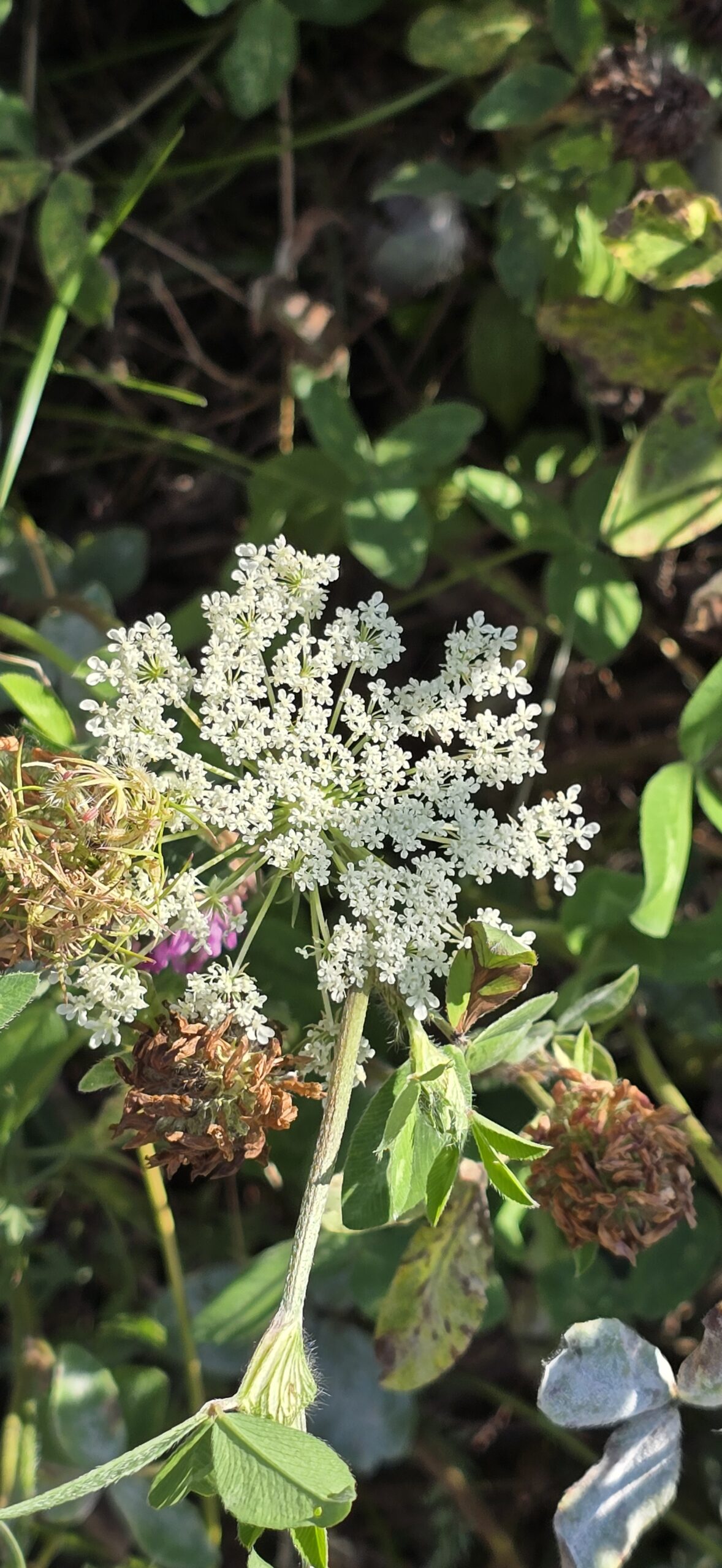
Per Wikipedia: Daucus carota, whose common names include wild carrot, European wild carrot, bird’s nest, bishop’s lace, and Queen Anne’s lace (North America), is a flowering plant in the family Apiaceae. It is native to temperate regions of the Old World and was naturalized in the New World. Other interesting bits on the Wikipedia page…
-
Juvenile Herring Gull
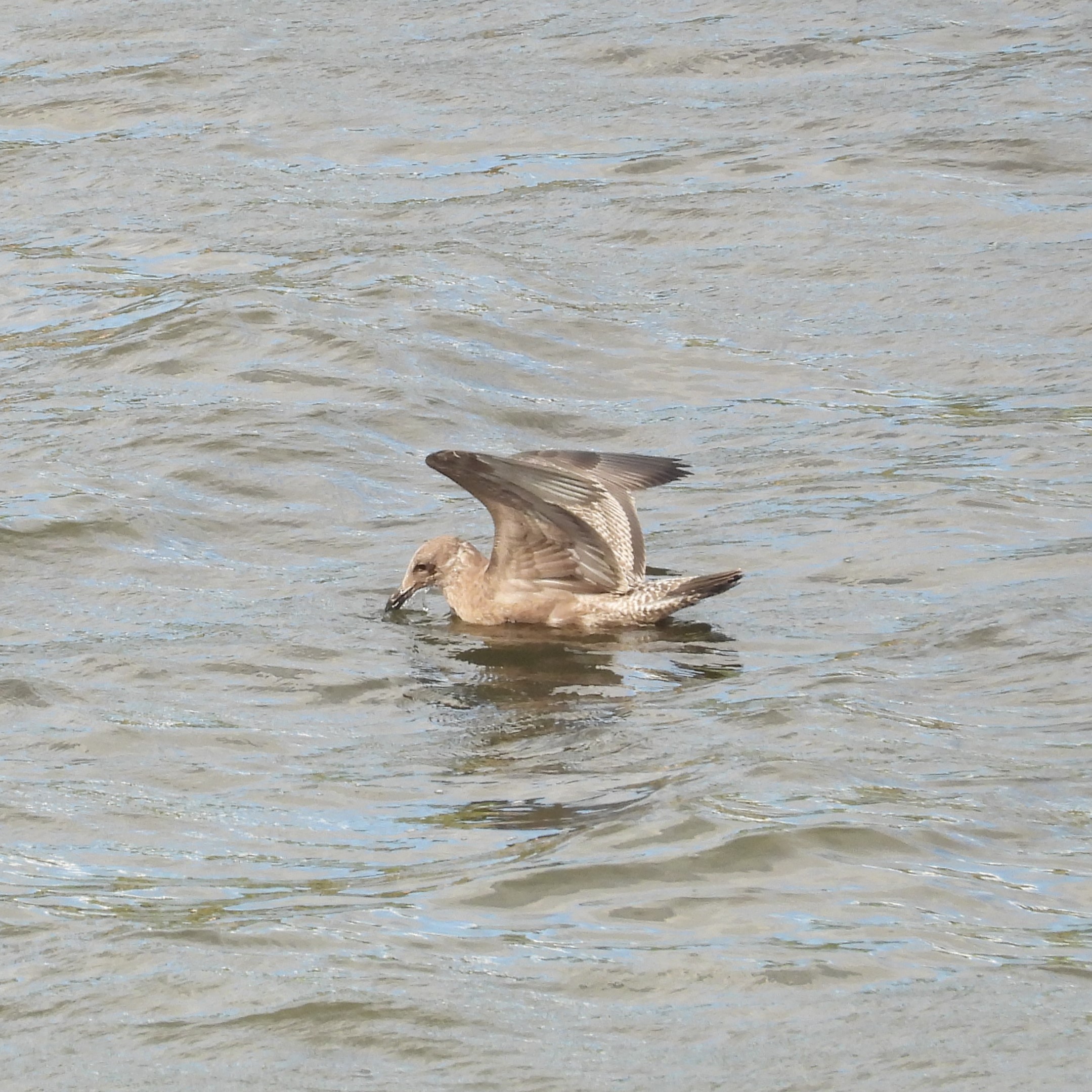
Sailing out of Sydney, Nova Scotia, Canada we saw a LOT of seagulls… which I discovered were Herring Gulls… and interestingly we saw some of the Juvenile’s hanging out… fishing, doing what Juveniles do (i.e. seeming to be playing and generally having fun.) There was one shot when I captured a Juvenile and an adult…
-
Japanese Rose in Canada

Not a new to me flower, but it was beautiful, and rather enchanting the way the lone bloom was growing near a church. From Wikipedia: Rosa rugosa (rugosa rose, beach rose, Japanese rose, Ramanas rose, or letchberry) is a species of rose native to eastern Asia, in northeastern China, Japan, Korea and southeastern Siberia, where it grows on beach coasts, often on sand dunes. It should not be confused with Rosa multiflora,…
-
Zuiderdam in Sydney… Canada

It’s always fun getting a shot of the ship I’m on, added bonus when a local landmark is in the shot.
-
Yellow Coneflower
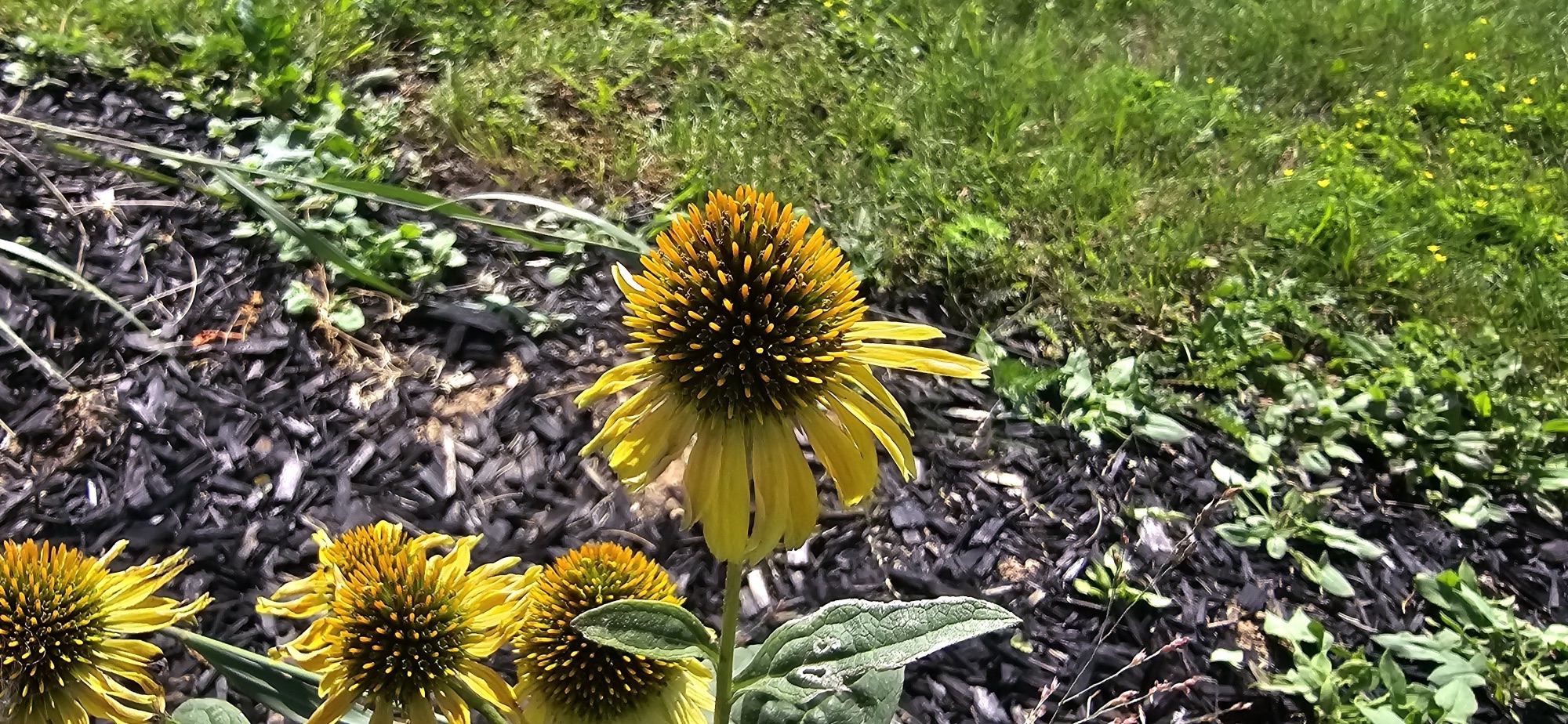
Echinacea paradoxa, the yellow coneflower, Bush’s purple coneflower, or Ozark coneflower, is a North American species of flowering plant in the family Asteraceae. It is native to southern Missouri, Arkansas, and south-central Oklahoma, It is listed as threatened in Arkansas. When the petals are down towards the ground like this I find it easy to understand how they got the name coneflower, this is one of the I…
-
Echinacea Double Scoop Raspberry
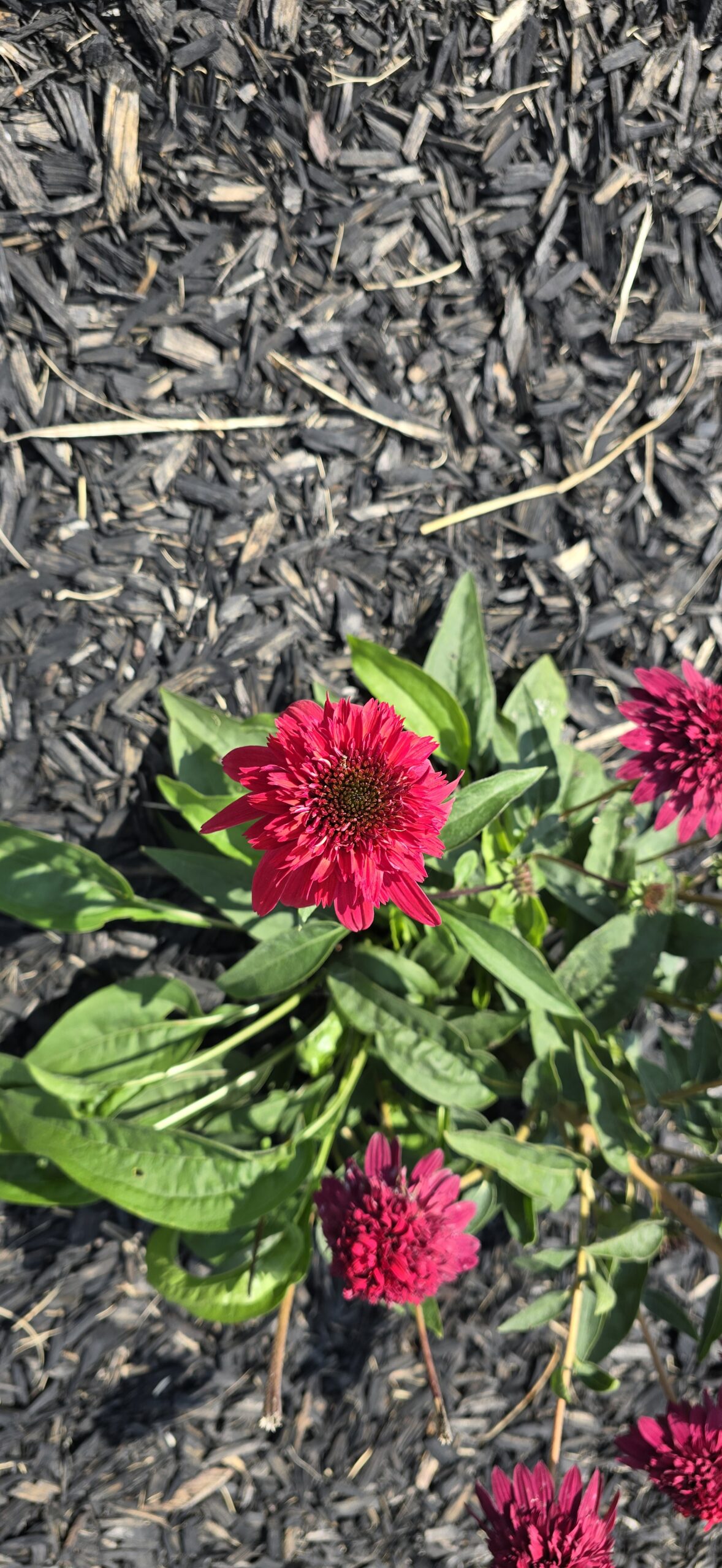
Another coneflower variation. I love the colors in this flower! Per Wikipedia: Echinacea /ˌɛkɪˈneɪsiə, ˌɛkɪˈneɪʃiə/ is a genus of herbaceous flowering plants in the daisy family. It has ten species, which are commonly called coneflowers. They are native only in eastern and central North America, where they grow in wet to dry prairies and open…
-
Purple Coneflower

From Wikipedia: Echinacea purpurea, the eastern purple coneflower, purple coneflower, hedgehog coneflower, or echinacea, is a North American species of flowering plant in the family Asteraceae. It is native to parts of eastern North America and present to some extent in the wild in much of the eastern, southeastern and midwestern United States as well…
-
Pansy

This beautiful little blossom was tucked away among a huge array of flowers, easy to overlook or miss, just peeking out between the leaves to catch my eye. Per Wikipedia: The garden pansy (Viola × wittrockiana) is a type of polychromatic large-flowered hybrid plant cultivated as a garden flower. It is derived by hybridization from several species in the section Melanium (“the pansies”) of the genus Viola, particularly V.…
-
Canadian Goldenrod
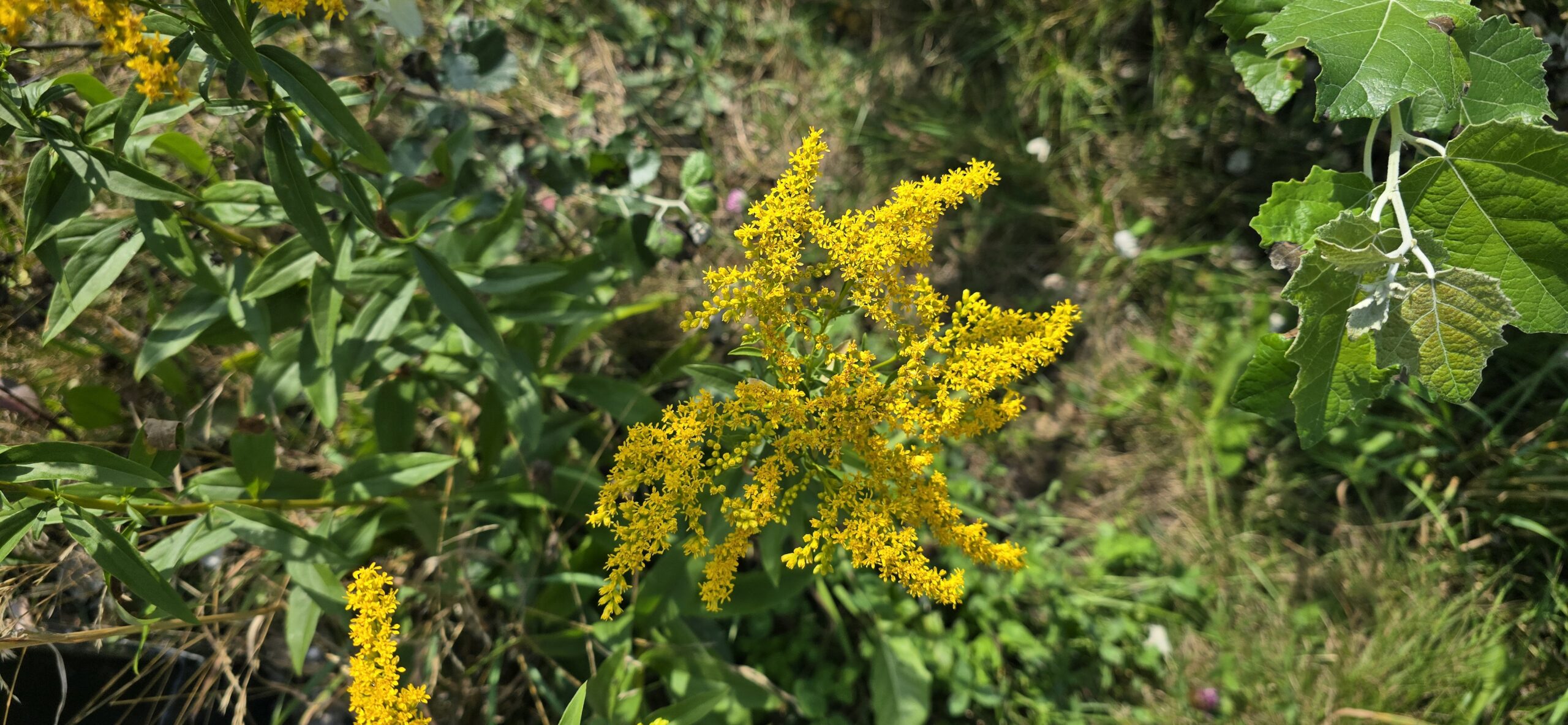
Google Lens identified this plant for me, and Wikipedia tells me: Solidago canadensis, known as Canada goldenrod or Canadian goldenrod, is an herbaceous perennial plant of the family Asteraceae. It is native to northeastern and north-central North America and often forms colonies of upright growing plants, with many small yellow flowers in a branching inflorescence held above the foliage. It is an invasive plant in other…
-
Yellow Toadflax
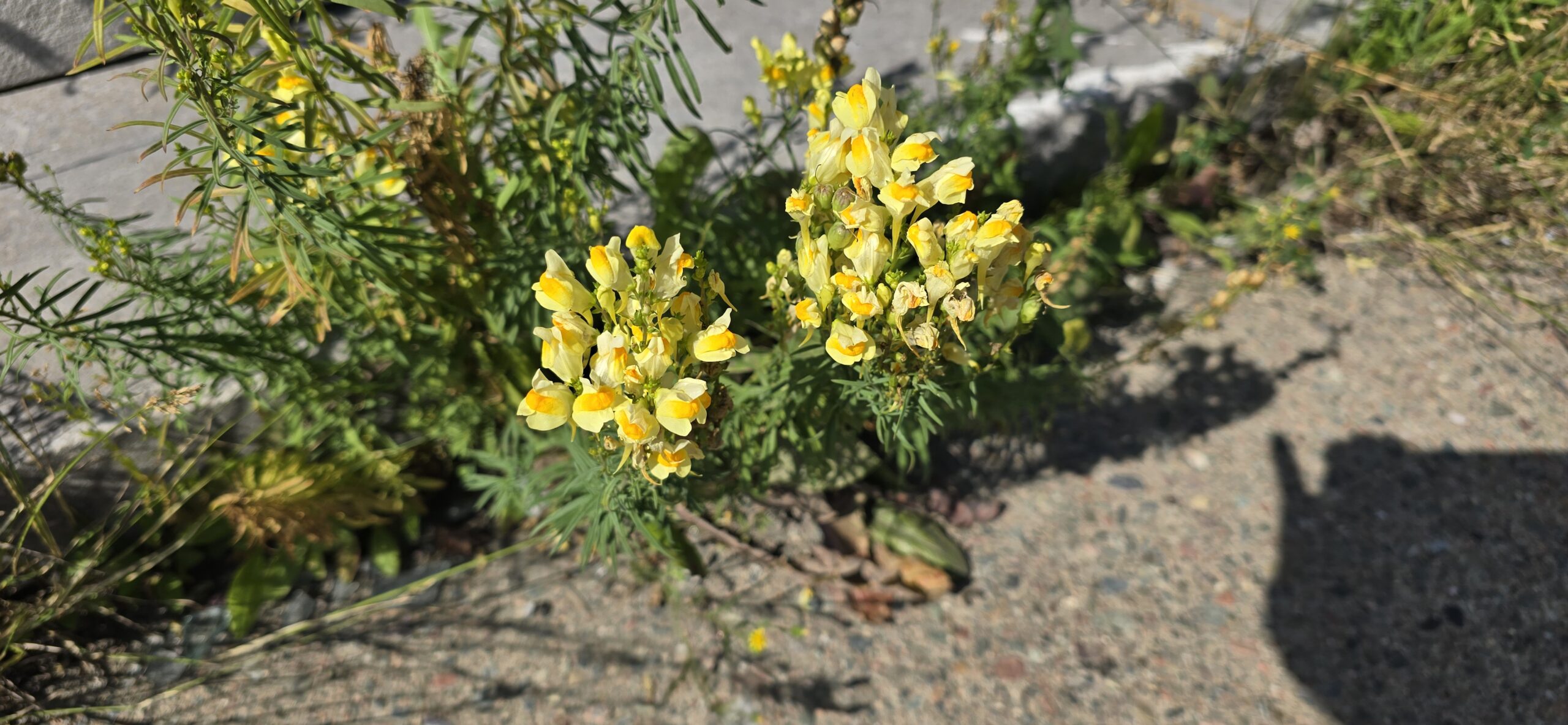
I found a really nice write up about this flower at https://www.tcweed.org/blog/weed-of-the-month-yellow-toadflax where it was the weed of the month… who says weeds can’t be pretty? Yellow Toadflax Origins:Yellow toadflax (Linaria vulgaris) is native to south-central Eurasian region and was introduced to the Americas in the late 1600s for ornamental purposes. Beyond its decorative use,…
-
Indian Shot
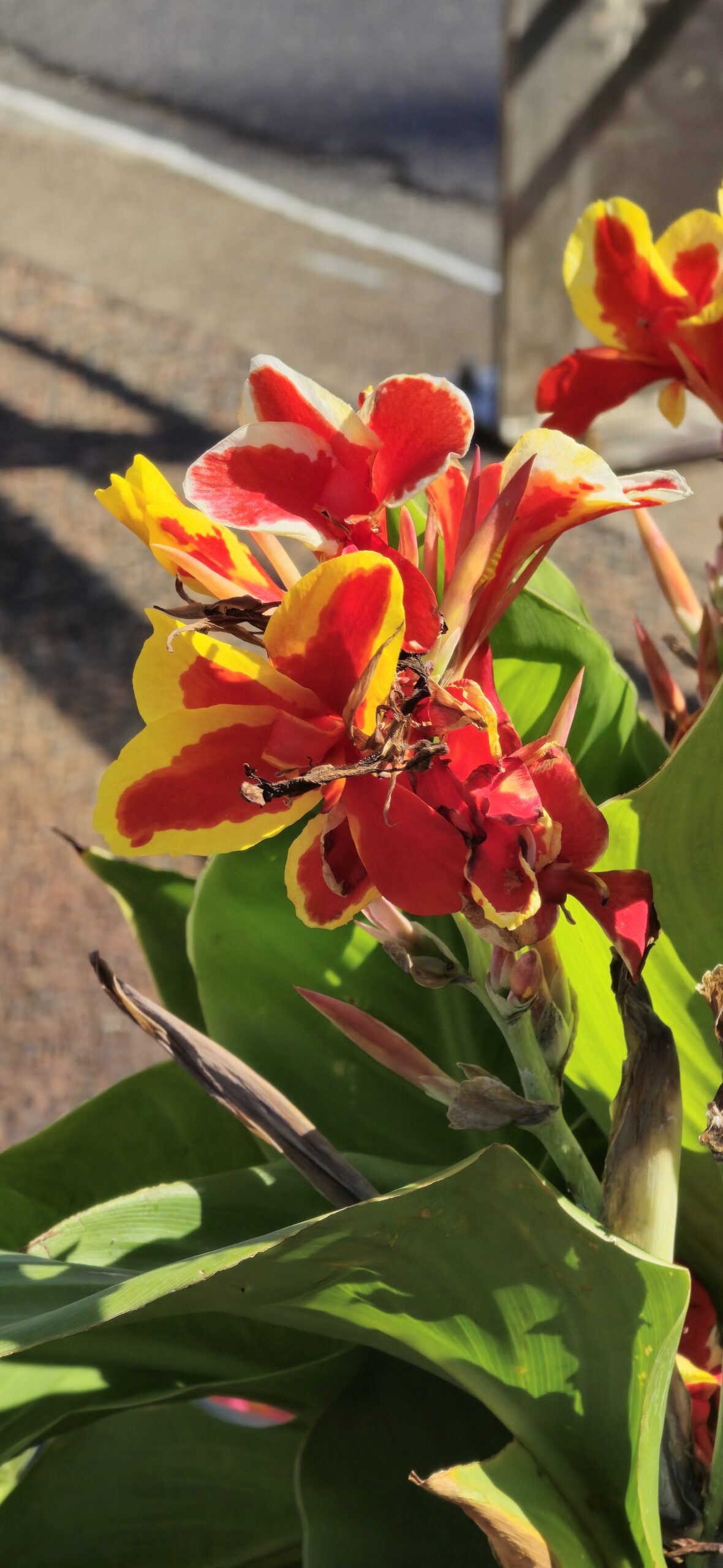
I saw this pretty flower in a planter with other, more familiar flowers, in Sydney, Canada and snapped a few shots of it so I could learn more later Per Wikipedia: Canna indica, commonly known as Indian shot, African arrowroot, edible canna, purple arrowroot, Sierra Leone arrowroot, is a plant species in the family Cannaceae. It is native to much…
-
Sydney, Nova Scotia, Canada
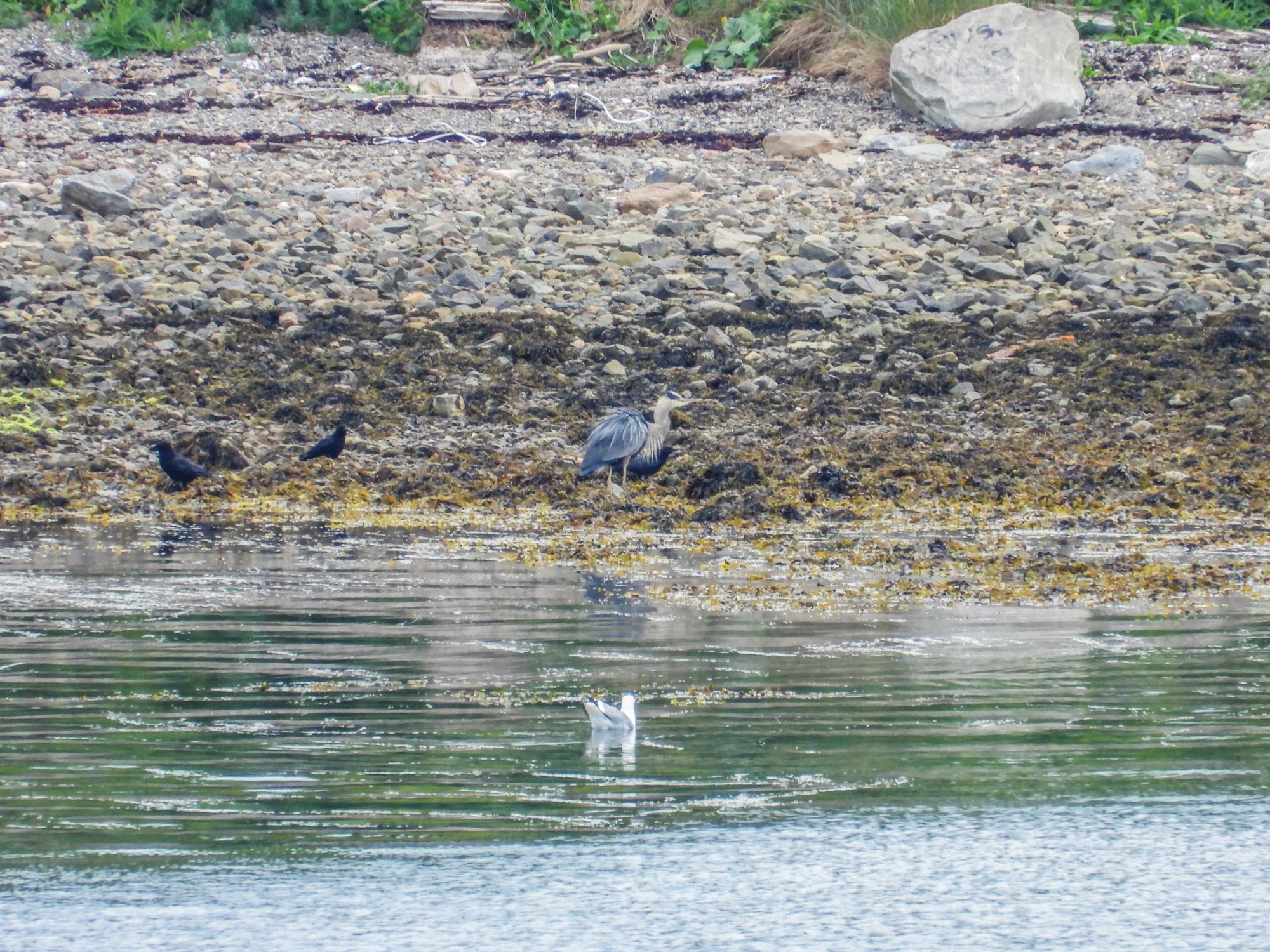
I was checking out the view from our cabin on the ship when I realized that across the way a bunch of birds were having a party on shore… according to the ever knowledgeable google, there is a Great Blue Heron hanging out among them — I will admit it was that tall, majestic bird…
